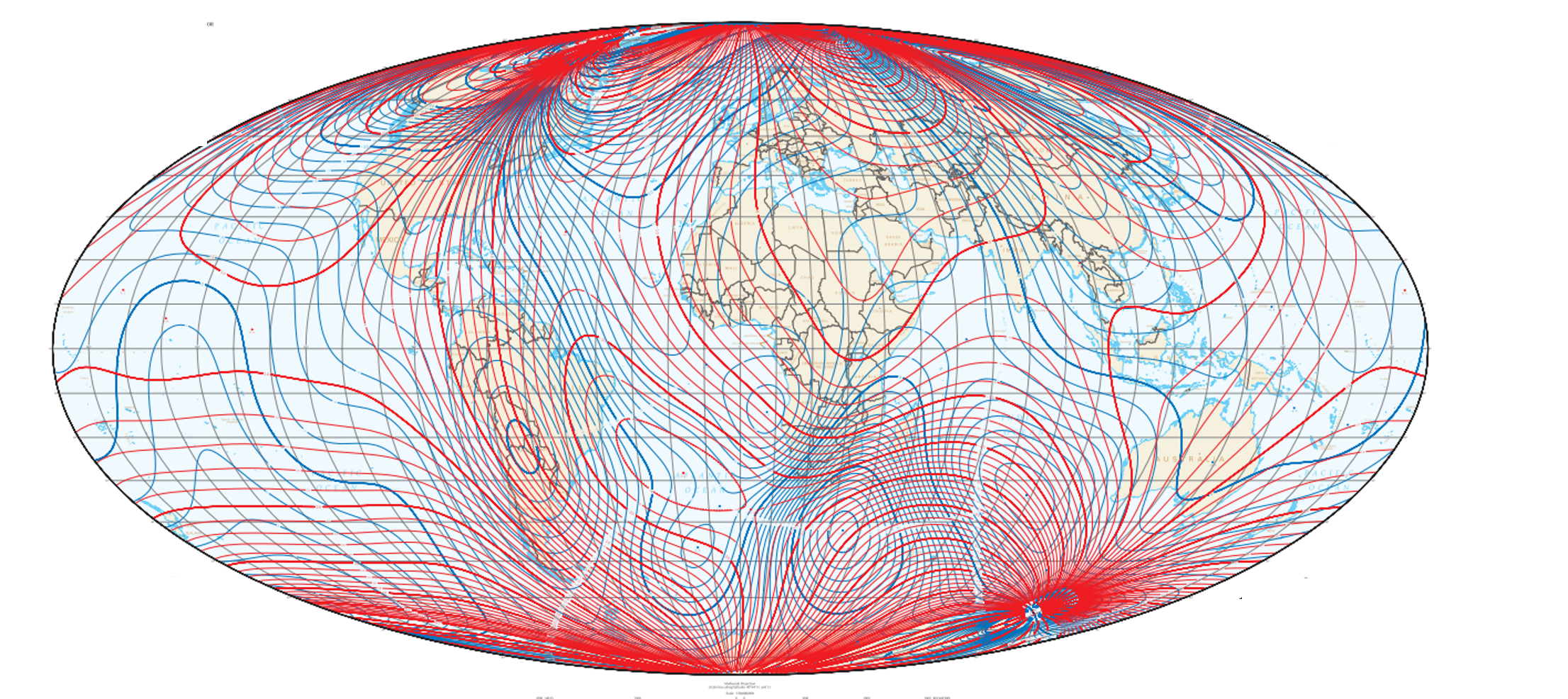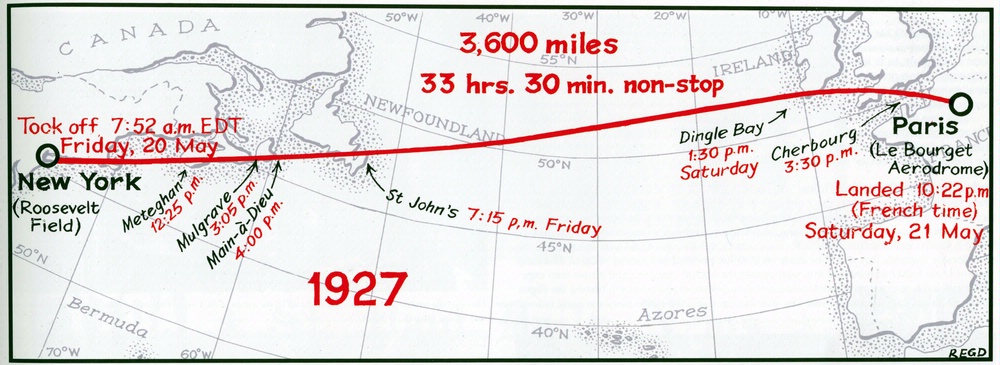
Australia unveils jam-proof quantum tech that’s 50 times more accurate than GPS
Instead of relying on satellites, Q-CTRL’s system can read the Earth’s magnetic field, which varies slightly depending on location (like a magnetic fingerprint or map). The system can determine where you are by measuring these variations using magnetometers.
GPS is one of those “living in the future” technologies that we rely on, but don’t think about much because it works seamlessly. An extensive array of satellites are required to keep it working. It would be great to have an accurate backup system.
GPS provides the location to an accuracy of about 20 feet. That capability opens up a broad range of uses.
Early on, Shop Teacher Jeff was skeptical of GPS navigation because he figured it made us dumber. Probably does, but I don’t care. I still can’t get to Jeff’s house without a GPS, and I’ve been there a dozen times.
I’ve planted three dozen fruit trees on my patch. I log when a tree is planted, what species, type of fruit and other attributes. A long standing issue is which tree is which. Each tree gets a brass number tag, but that can fall off. I tried taking photos to get the relative position of the tree, but five years later, everything has changed. I found an app that records latitude and longitude to the second with the press of a button. All trees were plotted in about an hour.
That is a trivial application, but there are plenty of applications where knowing the location is critical. GPS satellites are 12,000 miles high, and travel so fast that time dilation due to Einstein’s relativity has to be addressed. Weather, solar activity and a bunch of other factors can interfere with the GPS system. Having a reasonable backup is necessary.
The title of the article misrepresents the new technology. It is not 50 times more accurate than GPS. The new technology is more accurate than any alternative to GPS.
Dead reckoning is one alternative. My truck knows how fast it’s going and in what direction. To use that to navigate, my truck would need to know where it started from. Using speed and direction, it could figure out where it is. A hundred years ago, Charles Lindbergh used that method to fly from New York to Paris.
The problem with dead reckoning is that small errors build up. Occasionally, the calculated and actual locations have to be matched up. Lindbergh did that by matching landmarks he observed with what was on his map. Crossing the Atlantic was the tricky bit.

A car might be able to do that by matching actual curves in the road with expected curves, but the driver would have to be even more skeptical of the navigation.
The new technology does something similar by matching the actual curves in the Earth’s magnetic field, with the expected curves. The Earth’s magnetic field lines are complex, but pretty well mapped. The Earth’s magnetic field does change over time, so the new technology would need to account for that.
To this end, Q-CTRL developed a new system called “Ironstone Opal,” which uses quantum sensors to navigate without GPS.
The company claims to use quantum sensors to operate. Magnetism is a quantum phenomenon, but it isn’t clear how quantum properties are involved.
On her Youtube channel, Physicist Angela Collier, often points out that putting “quantum” in the title or description is marketing strategy intended to attract more investment capital.

It’s understandable that the company would be vague about the technical details behind the new product. Like any big innovation, it will take some time to see if this one works out.
Leave a Reply